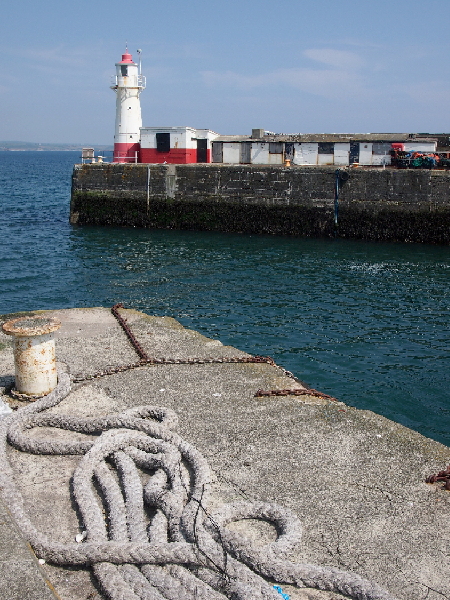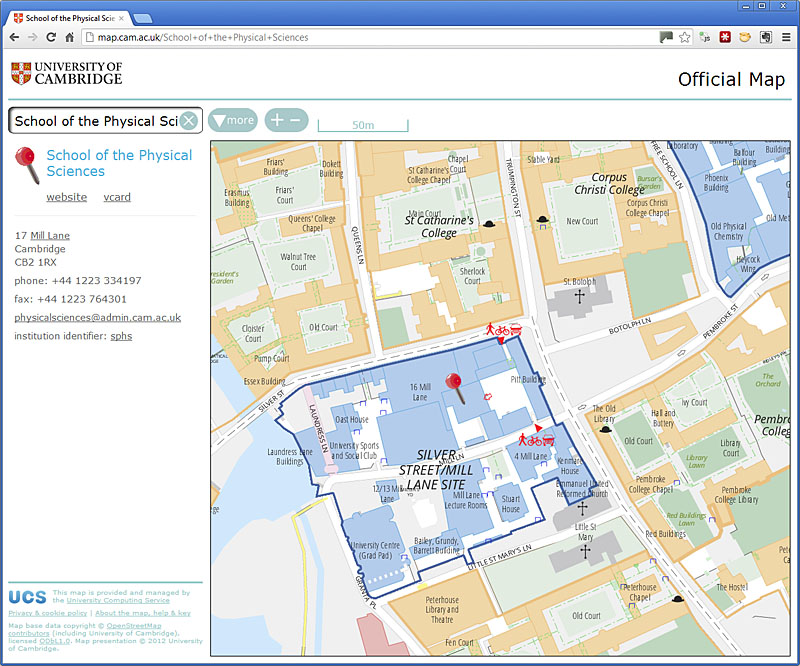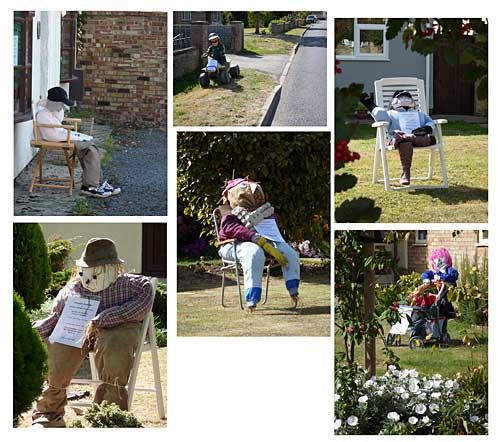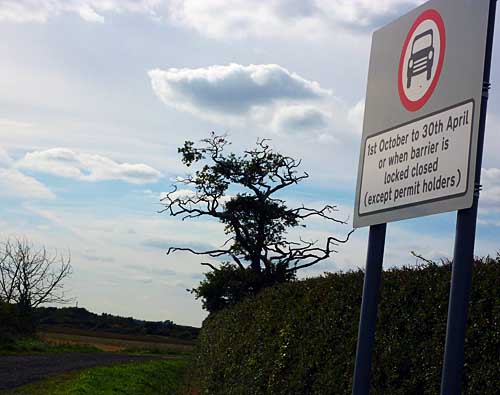I think it's very tempting to believe satellite imagery, to give it more credence than it deserves and to tweak things to match the satellite.
Project Drake to map the University of Cambridge (see http://www.openstreetmap.org/user/davidearl/diary/15398 ) involves micro-mapping University buildings. I'm aiming at typical GPS accuracies in doing this, but in areas where there is little or no GPS signal, so I have been measuring things on the ground with a laser measure. In principle this can give sub centimetre accuracies, but of course it is still subject to errors of various kinds (mostly human error or inaccessibility) which also accumulate. Nevertheless it is very accurate and in principle I ought to be able to get accuracies of a metre or so. And incidentally, it is gratifying to note that real distance measures in JOSM are extremely accurate: i.e. correspond very closely to accurate measurement on the ground.
But there are numerous sources of inaccuracy in the satellite pictures that I wasn't necessarily expecting, not having used them in areas of tall buildings before, which leads me to say that it is not wise to put too much faith in them, especially when you're down at metre level accuracies.
1. The obvious one. They are out of date. In Cambridge, sometimes very out of date. Not surprising that the University's Alison Richard building isn't there (opened last week), but the Gonville & Caius' Stephen Hawking building and vast swathes of Selwyn College are missing. More surprising, adjacent Bing tiles differ considerably in their vintage. To the extent that on one site I surveyed half a (not all that) new building appeared on one tile (completed, no sign of construction work) but the other half wasn't on its neighbour at all.
2. The biggie. Most of central Cambridge's Bing images are oblique views, some tiles more than others, and oblique from different angles in adjacent tiles. In other words you can see one or two sides of buildings. This means that for a 5 storey building, for example, there may be an offset of as much as 20m from the roof footprint to the ground footprint (and, of course, you can't see half the ground footprint anyway). It is so tempting to draw round the roof because that is usually lighter, clearer and you can see most of it. But the trouble is that buildings which vary in height (most of the University buildings!) have different offsets from the ground footprint, and unless you know what you are looking at, it is almost impossible to deduce levels from the air - or even necessarily that they are different levels. Of course, if we only want a rough outline, it is better than nothing, but it is not nearly good enough for this project.
Even worse, I have found many examples where buildings have been traced around the whole oblique outline, roof and sides combined. That makes the building footprint look vastly larger than it actually is.
Of course, if you know from a ground survey that there is nothing hidden on the "dark side", and that the roof level is constant or you have a good idea how it varies (e.g. where the bottom and top of a gable is) you can trace the roof and then shift to match the ground corner of the building - even at the expense of moving a road alongside the building which in fact is "under" the roof because of the oblique view.
3. Misleading detail. If you've not done a ground survey, and made detailed notes or photos, a satellite image can easily mislead into interpreting ground detail as roof or vice-versa. For example, Cambridge University Library had a big rectangular 'courtyard' out of its western wall. But this was actually an area of plant machinery on the roof (I think; the wall is continuous on the ground anyway)
4. Shadow detail. You simply can't see what's going on in areas of building shadow, and it is tempting to guess if you've not been there. Any you can't see colonnades, archways, or even a "street in the air" that is present ion one University site.
5. Rectification. Apart from the problem of deciding what actually is the correct positioning of the satellite tiles when they are oblique (it should be the ground positions, obviously), the accuracy with which the images have been rectified is an issue. It is clear from outlines offset by a few metres that the previously available Yahoo! images were rectified differently from Bing by 10 or 20 metres (I was always suspicious about Yahoo positioning given the volume of GPS co-ordinates I had that were consistently off). But even Bing rectifies differently across tile boundaries - buildings can shift 5 or 10 metres from one end to the other if they happen to straddle a tile boundary - or worse, disappear completely down the gap! It's not really their fault, it is a hard problem.
6. User error. The quality of outlines traced from satellites is often rather poor. I think this is largely because of limitations in how far you can zoom in in Potlatch, so what should be small rectangular steps in buildings don't turn out that way. You can be far more accurate in JOSM. But sometimes it is a case of mare haste less speed.
So my point is that I don't think you can treat satellite images as any more accurate or faithful in what they tell you than GPS co-ordinates, a ground survey or, yes, "millimetre accurate" laser measurement, but I think there is a strong temptation to do so which needs to be resisted. Perhaps this seems obvious, but there is plenty of evidence out there that says people are taking satellites pictures as gospel, sometimes shifting painstakingly made ground surveys to match the satellite prejudice.
That temptation is especially strong when you look at the satellite image and the building edge vectors and they don't seem to match up at all. In Cambridge University sites, this is often because the site has now been measured accurately from a reference point in an adjacent (or next-but-one) satellite tile and the rectification and obliqueness differences can be large across a 400m distance.
Or, of course, my measurements may sometimes be wrong!





